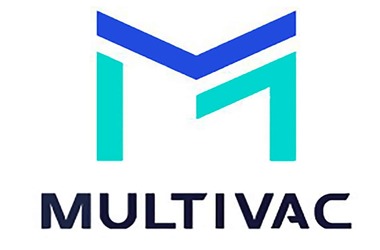
The total number of transactions for all shards utilized surpassed 30K at maximum. However, a single shard was said to have reached 533 TPS.
MultiVAC also mentioned in the report that their “all-dimensional sharding expansion solution” might possibly be utilized for large-scale enterprise level applications and also for crypto mining on low-performance computers. The term sharding in crypto is regularly used in reference to the Ethereum (ETH) blockchain’s forthcoming critical updates.
In May 2018, Ethereum’s co-founder Vitalik Buterin implied that sharding – or segregating the workload between nodes to speed up handling time – would be employed on Ethereum blockchain.
In late October, Buterin disclosed the plan for Ethereum 2.0, named Serenity, amid his keynote discourse at the yearly Devcon conference. Apart from a migration to a proof-of-stake calculation, the Ethereum think tank affirmed that Serenity would employ sharding.
Earlier last month, Bitcoin (BTC) developer Mark Friedenbach introduces a strategy for Bitcoin scaling that would depend on sharding and supposedly would not necessitate a hard fork. He claimed the latest arrangement would be able to raise “settlement transaction volume to 3,584 times current levels” and make strides in censorship resistance.